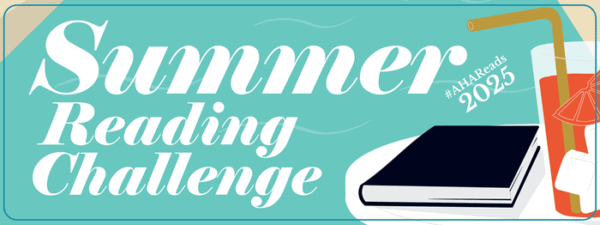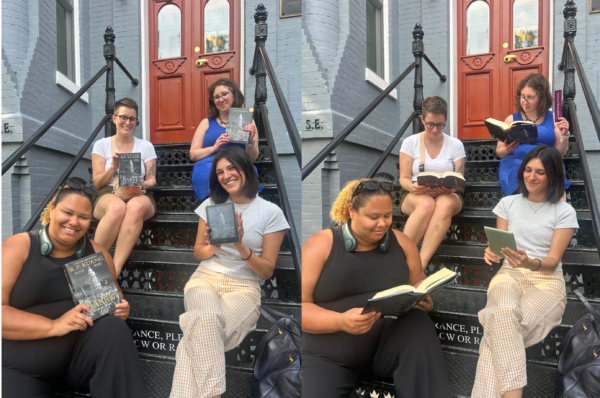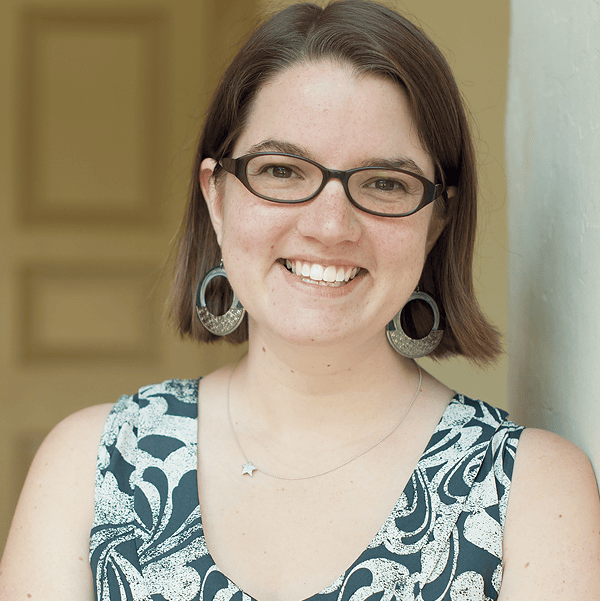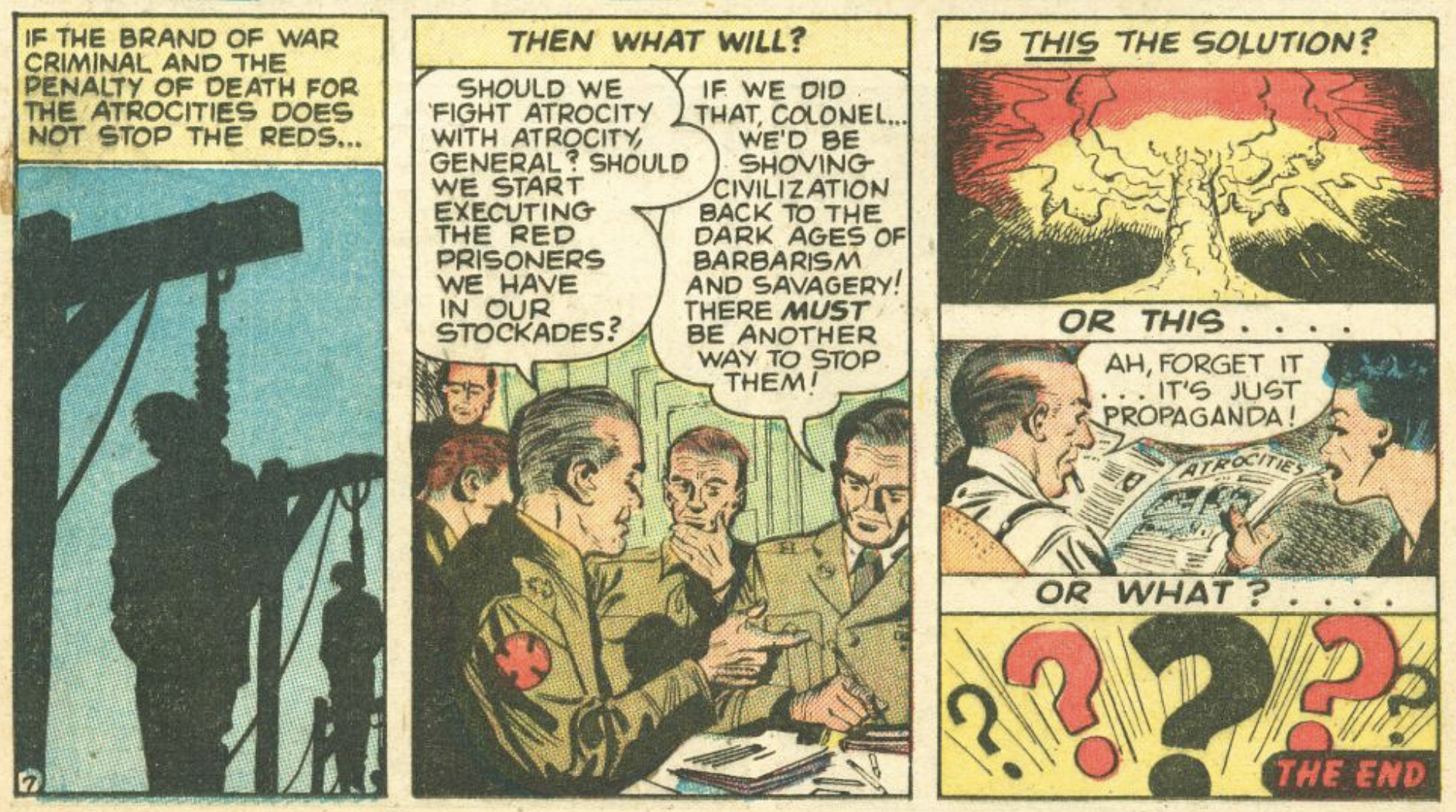As July wraps up, the second month of the AHA Summer Reading Challenge ends with it. We asked AHA members and staff to share with us what history they had read in July to fulfill tasks in #AHAReads and we’ve compiled some of their responses.

Read a history of an event with a major anniversary in 2025.
Steve Davis (Lone Star Coll., Kingswood) notes that it has been 60 years since Bob Dylan “went electric” at the Newport Folk Festival. In addition to attending the Dylan Conference in Tulsa this month, Steve finished volume one of Clayton Heylin’s biography of the musician, The Double Life of Bob Dylan: A Restless Hungry Feeling (1941–1966).
Brendan Gillis (AHA director of teaching and learning) spent time this month in Philadelphia as lead historian for a National History Day program on the Second Continental Congress, which met 250 years ago in May. His preparation included reading Richard R. Beeman’s Our Lives, Our Fortunes, and Our Sacred Honor: The Forging of American Independence, 1774–1776.
Daniel Long (Anchor Point, Alaska) is also looking to the American Revolution with Pox Americana: The Great Smallpox Epidemic of 1775–82 by Elizabeth A. Fenn.
Eric K. Washington (New York, New York) read the biography Joy Goddess: A’Lelia Walker and the Harlem Renaissance by A’Lelia Bundles for the centennial of that era.
Read a history of a resistance movement.
Mark Ehlers (Sandy Spring Friends School) chose Autumn in the Heavenly Kingdom: China, the West, and the Epic Story of the Taiping Civil War by Stephen R. Platt, as his National History Day students plan to study that event for their project next year.
Kristen Epps (Kansas State Univ.) read Aloha Betrayed: Native Hawaiian Resistance to American Colonialism by Noenoe K. Silva, a fascinating book that centers Hawai’ian language sources.
This year’s Pulitzer Prize for General Nonfiction winner, Benjamin Nathans’s To the Success of Our Hopeless Cause: The Many Lives of the Soviet Dissident Movement, was picked up by two challenge participants, Sandra Gust (Bethesda, Maryland) and Jonathan Wilson (Wardlaw-Hartridge School).
Michael Romero (Newport News Public Schools) fulfilled this task with The American Liberty Pole: Popular Politics and the Struggle for Democracy in the Early Republic by Shira Lurie.
Jonathan D. Sassi (Coll. of Staten Island and Graduate Center, CUNY) calls Patrick H. Breen’s The Land Shall Be Deluged in Blood: A New History of the Nat Turner Revolt an engagingly written account and a careful and judicious examination of the sources. He plans to assign it in an upcoming graduate seminar.
Benjamin Weiskircher (Catholic Univ. of America) turned to primary sources for this task, reading a series of articles (1822–35) on the Catholic Church’s attempt to educate enslaved peoples in South Carolina in opposition to the slaveholder antiliteracy campaigns following the Denmark Vesey conspiracy. These events culminated in 1835 with the Charleston Post Office Riot and a three-day standoff, in which Bishop John England and the Irish Volunteers defended both the school for the enslaved and other Catholic properties from a proslavery mob.
Rebecca L. West (AHA marketing coordinator) learned about the Polish Solidarity movement in The CIA Book Club: The Secret Mission to Win the Cold War with Forbidden Literature by Charlie English.
Read a history that uses material culture.
Megan Chavez (Univ. of New Mexico) read about telescopes in AURA and Its US National Observatories by Frank K. Edmondson.
Rebecca Brenner Graham (Brown Univ.) read Emilie Zaslow’s Playing with America’s Doll: A Cultural Analysis of the American Girl Collection.
Alisa Kuzmina (Univ. of Minnesota) read The Kopeck Press: Popular Journalism in Revolutionary Russia, 1908–1918 by Felix Cowan, who she interviewed for a New Books Network podcast about media across time and space, blending sensationalism with social activism, and what today’s newspapers can learn from the penny press.
Read an edited collection, journal forum, or other multiauthor work.
Patricia Appelbaum read a forum on two books, Jonathan H. Ebel’s From Dust They Came: Government Camps and the Religion of Reform in New Deal California and Lloyd Daniel Barba’s Sowing the Sacred: Mexican Pentecostal Farmworkers in California, published in the latest issue of Church History: Studies in Christianity and Culture.
Debbie Ann Doyle (AHA director of meetings) read the forum “Whiffstory: Using Multidisciplinary Methods to Represent the Olfactory Past” (American Historical Review, June 2022), a discussion of the intersections of the chemistry and history of smells.
Read a history that’s been sitting on your shelf too long.
Jason Burnett (Minneapolis, Minnesota) double-dipped two tasks—the resistance movement and sitting on your shelf too long—with Bury My Heart at Wounded Knee: An Indian History of the American West by Dee Brown.
Gwen Kay (State Univ. of New York, Oswego) was spurred by the challenge to read Madeline Drexler’s Emerging Epidemics: The Menace of New Infections. It was a book she “thought was so compelling that [she] had two copies sitting on my shelf.”
Michael Novak (George Washington’s Mount Vernon) selected Larry D. Gragg’s Bugsy’s Shadow: Moe Sedway, “Bugsy” Siegel, and the Birth of Organized Crime in Las Vegas.
Read a piece of historical fiction (novel, story, poem, play).
AHA staff took this opportunity to read a novel together. Brendan Gillis, Alexandra Levy (director of communications and public affairs), Lizzy Meggyesy (publications and communications associate), Hope Shannon (director of engagement), Alana Venable (managing editor), and Rebecca L. West are reading the historical fantasy Babel by R. F. Kuang and looking forward to a book club discussion in August.

Laura Ansley (AHA director of publications) loves a Gilded Age romance, so she flew through Harper St. George’s Eliza and the Duke.
Shem Kara Johnson (Marine Corps Services) checked out William Stevenson’s The Ghosts of Africa, set during World War I in East Africa.
Amy Powers (Waubonsee Community Coll.) picked up the new novel by her favorite author, Isabel Allende. My Name is Emilia Del Valle is set during the Chilean Civil War of 1891.
It’s not too late to join the challenge! Simply select three tasks to complete before Labor Day. Post about your reading on the AHA Member Forum or on social media using the hashtag #AHAReads. You might even see your books show up in a future post on Perspectives Daily.
This work is licensed under a Creative Commons Attribution-NonCommercial-NoDerivatives 4.0 International License. Attribution must provide author name, article title, Perspectives on History, date of publication, and a link to this page. This license applies only to the article, not to text or images used here by permission.


